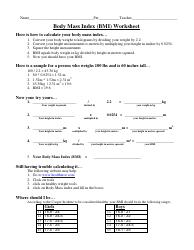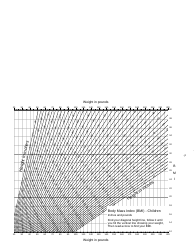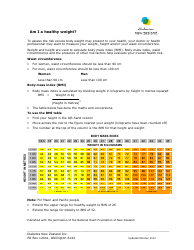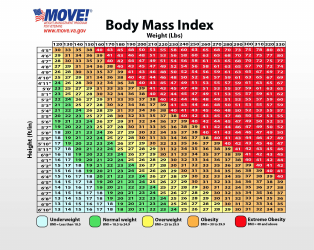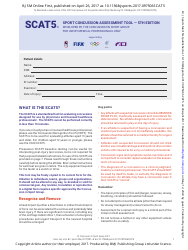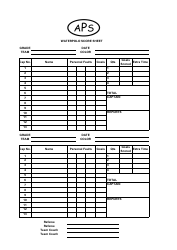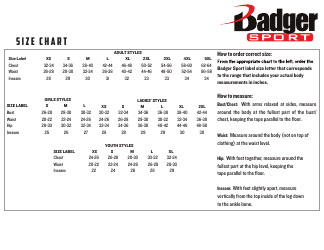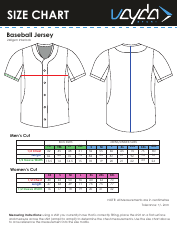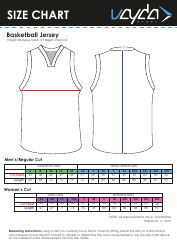Body Mass Index-For-Age Percentiles Chart: Boys (6 -18 Years Old)
The Body Mass Index-for-Age Percentiles Chart for Boys (6-18 Years Old) is used to assess a boy's body mass index (BMI) and determine if he falls within a healthy weight range for his age and height. It helps healthcare professionals to monitor growth and detect any potential weight-related issues.
The Body Mass Index-For-Age Percentiles Chart for Boys (6-18 years old) is often maintained and filed by healthcare professionals, such as doctors or pediatricians. They use this chart to track and monitor the growth and development of boys in this age group.
FAQ
Q: What is a body mass index (BMI)?
A: BMI is a measure of body fat based on height and weight.
Q: How is BMI calculated?
A: BMI is calculated by dividing a person's weight in kilograms by the square of their height in meters.
Q: What is the purpose of the Body Mass Index-for-Age Percentiles Chart?
A: The chart helps determine if a boy's BMI falls within a healthy range for their age.
Q: Why is it important to track BMI in children?
A: Tracking BMI in children helps identify potential weight-related health issues and assists in maintaining a healthy lifestyle.
Q: Who is the chart designed for?
A: The chart is designed for boys aged 6 to 18 years old.
Q: How do I use the chart?
A: Find the age of the boy on the chart, then locate his BMI percentile based on his BMI value. Percentiles range from underweight to obese.
Q: What does it mean if a boy's BMI percentile is above 95?
A: A BMI percentile above 95 indicates that the boy is considered obese.
Q: What does it mean if a boy's BMI percentile is below 5?
A: A BMI percentile below 5 indicates that the boy is considered underweight.
Q: Is the BMI-for-Age Percentiles Chart the same for girls?
A: No, the chart is specific to boys. There is a separate chart for girls.
Q: Should I be concerned if my child's BMI percentile is not in the normal range?
A: It is recommended to consult with a healthcare professional if a child's BMI percentile is not within the normal range.



